Plantae

Woodland Strawberry
Fragaria vesca

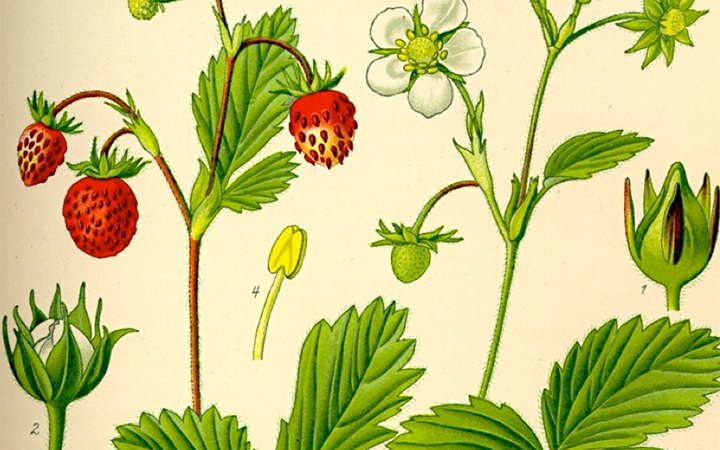
2 POINTS
Fact: It is also used as a genetic model plant for the garden strawberry and the Rosaceae family in general.

Yellow Iris
Iris pseudacorus

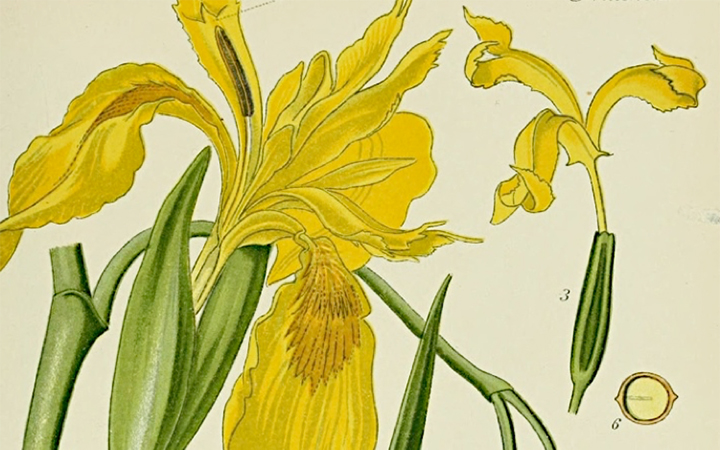
2 POINTS
Fact: This plant has been used as a form of water treatment since it has the ability to take up heavy metals through its roots.

Arabidopsis
Arabidopsis thaliana

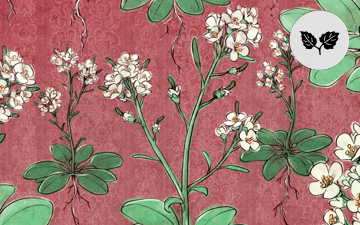
1 POINTS
This small flowering plant from the mustard family is an ideal model organism because of its short generation time, large yield, and small genome. It was the first plant to have it’s entire genome sequenced.

BROOM MOSS
Dicranum scoparium

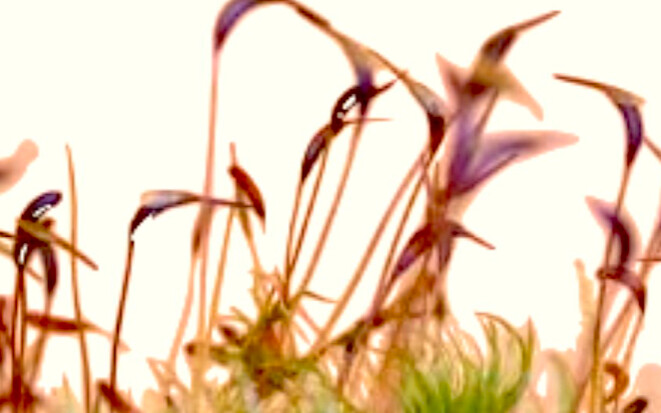
2 POINTS
Fact: The leaves of the gametophyte all curve to one side, giving it the appearance of a tiny broom

YELLOW-LADLE LIVERWORT
Scapania bolanderi

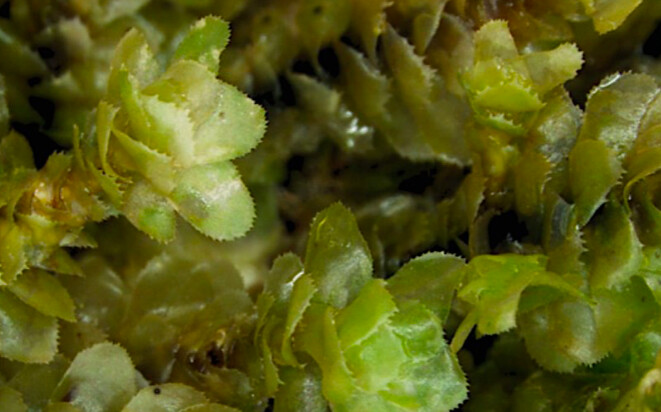
4 POINTS
Fact: This leafy liverwort is commonly found growing in Pacific Spirit park in turfs on the trunks of trees. Its’ leaves have toothed margins.

ROUGH MOSS
Claopodium crispifolium


2 POINTS
Fact: A useful field characteristic to identify this moss are its chartreuse yellow tips, which contrast with the darker, older proximal portions of the plant